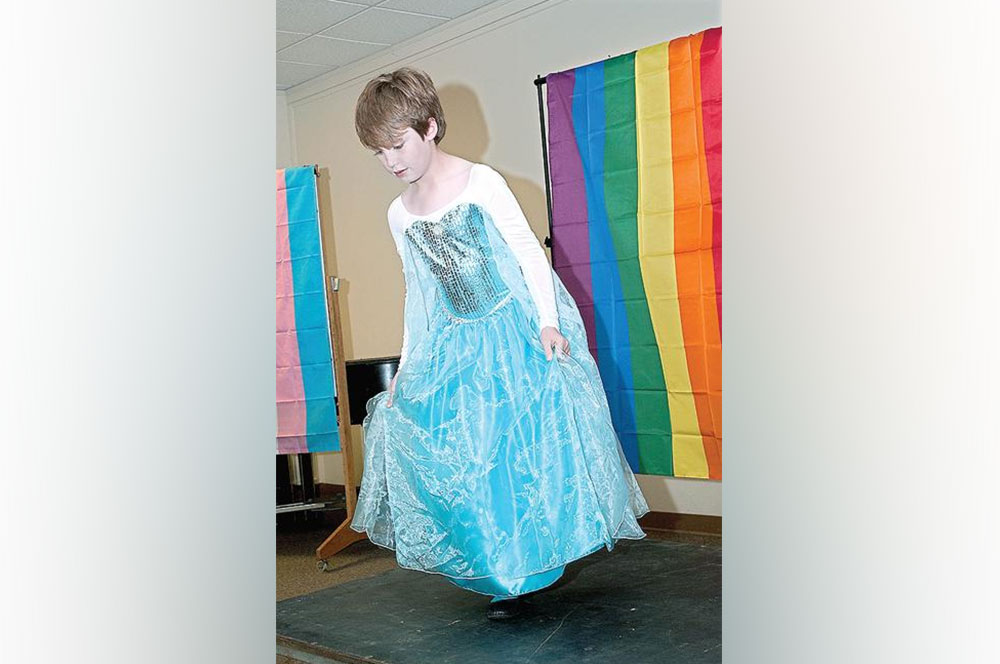This fashion show did not promote a certain designer or store. It was not about the latest trends.
This event was for children, and it was all about individual expression — beyond fads or seasons. Even beyond traditional gender boxes.
At this fashion show, participants were not professional models. They were youngsters in the community, ages kindergarten through 12th grade, who wanted to express their individual style fully in public, without fear of mockery, bullying or violence.
One young boy had two outfits planned: one in an Elsa gown and one in a button-up shirt and tie, because he felt as if he represented both gender expressions.
He's not transgender. He's not necessarily gay, either. He is "gender expansive," which simply means he was born a boy who enjoys traditional "girl" things. He likes to dress up and play with dolls. But he identifies as a boy.
And that's OK.
That was the message behind the Gender Expansive Fashion Show and Fundraiser, presented last Sunday at Boulder's First United Methodist Church by the Parents and Friends of Lesbians and Gays (PGLAG for short) and the Trans-Youth Education and Support group.
Organizers hope to make this an annual event. This was its first year.
The fashion show showcased the many different ways people can dress across the gender spectrum.
"In this society, boys are supposed to fit into one box and girls are supposed to fit into another box," says Kimberly Jackson, of Longmont, a board member for PFLAG.
It starts the day you're born, when the doctor looks at your body and declares your gender.
"With that, what happens is you get a whole bunch of labels assigned to you: Boys play with trucks, girls play with dolls, boys wear blue, girls wear pink," Jackson says.
These strict divisions extend to public restrooms and the aisles in most department stores (although Target is getting better at blending toys, Jackson notes).
"There's this whole mold you have to fit into," she says. "That's the reason we're doing this: to let kids know they don't have to be in these boxes and wear these labels society has imposed upon them."
One thing people might not realize is gender identity, gender expression and sexual orientation are all three different things, and they're not necessarily related, Jackson says. And gender expression might not be a lifelong expression, she says.
A young boy might like to wear dresses, but he might not want to do that when he gets older, and it does not mean he is transgender. A boy who plays with dolls is not necessarily gay, Jackson says.
Ultimately, she hopes the fashion show helped dispel some misconceptions, break down some walls and let the participants just be themselves — however that looked.
"It's really our job, as grown-up allies of children and parents, to help them have a safe place to express themselves and not label them and place them in a box that's so binary," she says.
The fashion show featured about a dozen different youngsters s of different ages with different styles. It was open to "gender expansive" youth, as well as allies who are into fashion and looking for creative outlets for expression.
The show was preceded by PFLAG's monthly community discussion, featuring author and University of Colorado sociology professor Eleanor Hubbard. The topic was gender expression.

